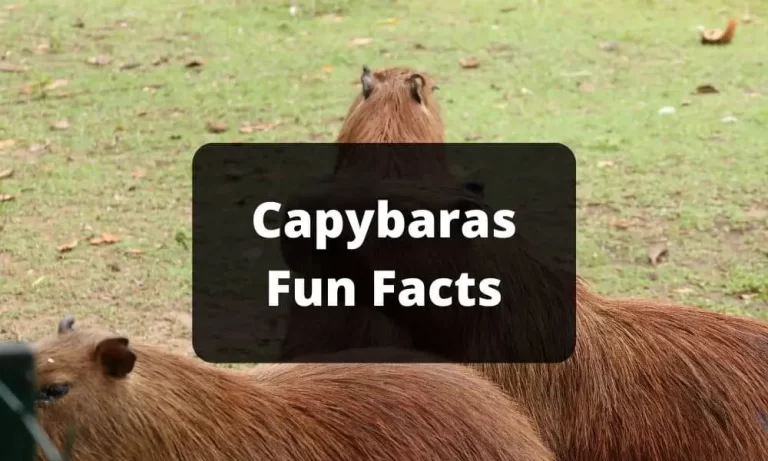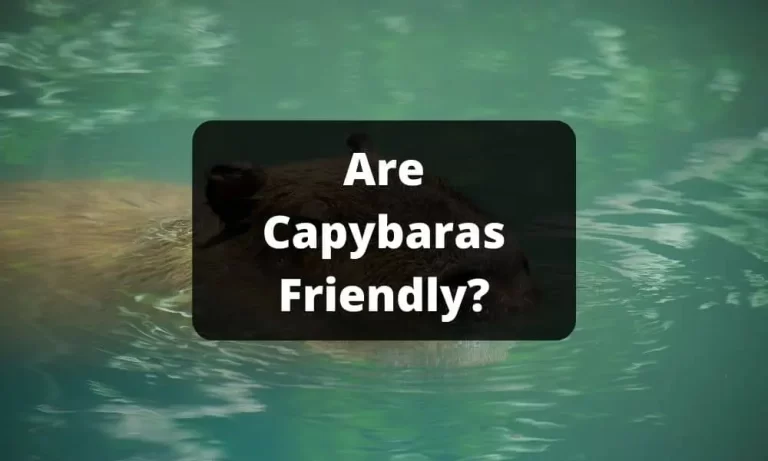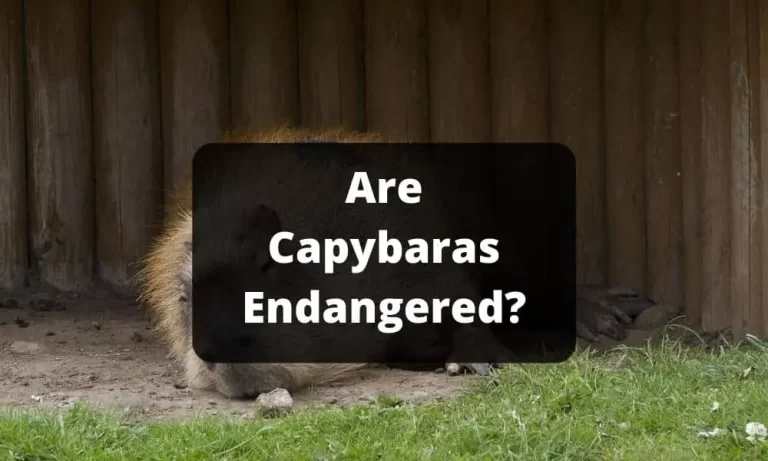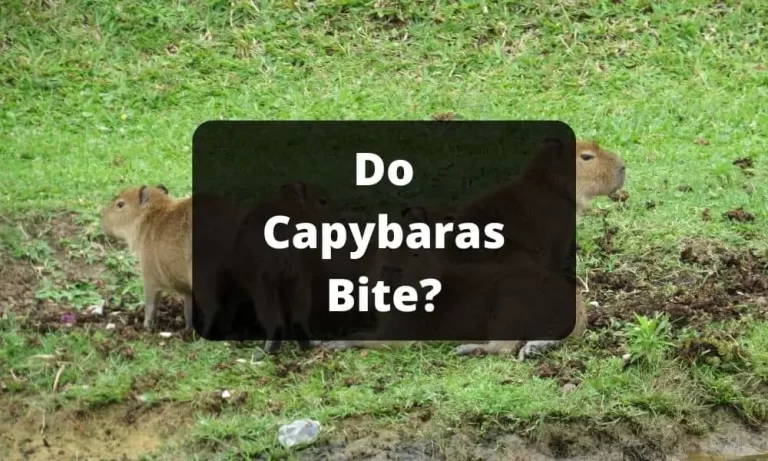Baby Capybara
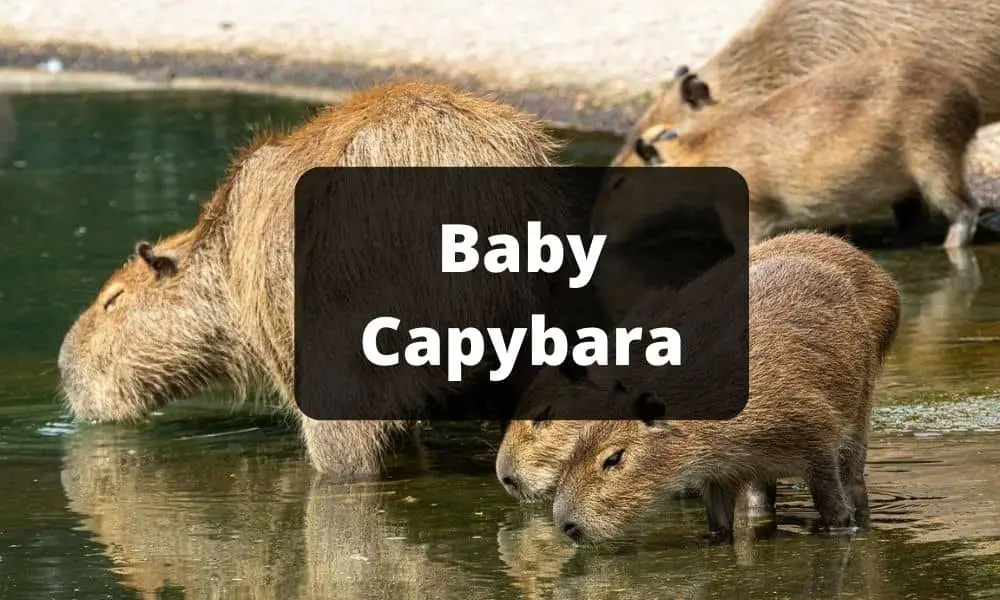
Capybaras are renowned as the largest living rodent on earth. These adorable beings are adopted across the globe for their shy and calm nature. Naturally live in big groups of 10-15, but 2 is the number that is usually adopted domestically.[acf field=”Schema”]
Baby capybaras are surprisingly more adorable and tiny than you expect the offspring of the largest rodent to be. They approximately stay with their parents for one year before joining their group. The typical term ‘pups’ is used to address baby capybaras.
How Are Capybaras Reproduced?
The capybaras are semi-aquatic species, so they spend the hot part of the day underwater. They also mate under the water. Female capybaras have an ovulation cycle initiated by the stimulus from male capybaras. After parent capybaras mate underwater, the gastrulation process continues for four months after the litter is released and the pups are born. Though the mating process occurs underwater, the release of offspring occurs in the dry soil.
Capybaras are born in the form of groups called litters; 2 to 5 individuals are delivered in one litter. These members of the same litter stay in the same group for the rest of their lives.
How Is The Early Life Of Capybaras?
Baby capybaras weigh about 1-2 kgs (2-4lbs) when they are born. In the beginning, they stay on dry land because they are not very good swimmers—the lack of ability to swim increases the danger of being hunted by other predators. But the parent capybaras make the safe shelter for their protection on the land. Still, many pups are attacked by predators and don’t survive.
Eventually, they become sexually mature, learn to swim, and can now reproduce. So pups leave their parents and start reproducing. It is not suggested to make pet capybaras mate because they have only one female to nurse them. They also can’t learn much from their parents, who are domestically trained, so they can’t leave. You will own many capybaras, which can be very difficult to care for and provide.
What Is The Diet Of Young Capybaras?
Baby capybaras start eating grass after a few hours of being born. They are born with natural teeth, which makes them able to chew the grass and herbs almost as soon as they are born. Grass remains a fundamental part of their diet throughout their lifespan.
Their female parents also nurse them up until 120-150 days. Capybaras live with so much unity that the baby capybaras can be nursed by any mature female member of their parent’s group. This is an excellent example of the caring nature of the capybaras, due to which everyone loves them.
Baby capybaras keep eating grass and feeding until the age of 4 months and then almost immediately stop milking their mothers. After one year, at which they start reproducing, their diet is varied, and they start eating different herbs and plants. They never eat any insects or meat as they are pure herbivores, just like their other rodents.
Do Capybaras Parent Their Off-Spring?
Capybaras live with their parents for the first year of their life, during which parents provide them with protection and teach them essential life skills like finding food and swimming. Then they become sexually mature and join their group, producing further offspring of their own. Female capybaras sexually mature faster than male capybaras, so females usually leave their parent’s group before males of the same litter.
Under artificial conditions, like in a zoo, only one female can nurse the pups, which can sometimes be difficult for the mother with 4-5 pups. So the zoo crew has to take extra care of the babies and the mother to make sure they are adequately nursed.
Can Baby Capybaras Be Adopted As Pets?
Capybaras are excellent pets and are loved in the Southern American region. They are easy to find, and the environment also suits them. Baby capybaras can be adopted after four months when they finish feeding. Ideally, two capybaras should be adopted, a male and a female, to make them not feel alone and sad.
They should be taught to swim and also potty train. Potty training of baby capybaras is relatively easy compared to adult capybarasThey also require a lot of care and facilities. They need a pool to learn how to swim and hydrate their skin. Baby capybaras can give you a hard time as they will miss their early life with their parents, it’s difficult for them to adapt to the new lifestyle, but they will be comfortable in a matter of a few months.
It is costly to adopt a baby capybara; they cost around 1000 dollars. Female capybaras can be more expensive as you should at least have a pair. So you have to have a large budget if you want to keep capybaras.
What Is The Estimated Age For A Capybara?
The average age for capybaras is around 8-12 years which is not very long for a rodent. Their colossal size recommends that they might have greater strength and should live longer than that. The short life of capybara pets is that the people feed them a nutrient surplus diet, which capybaras have not evolved to intake yet.
Another major cause of death of capybaras is hunting by the other predators. Due to their large size, capybaras can’t run too fast to escape the chase from their hunter. They also don’t have much strength because they are herbivores, which makes the fighting useless. They usually get eaten by the predators who chase them.
Are Capybaras Considered Endangered?
The capybaras are not declared endangered by the IUCN yet. Even after a lot of hunting by the people for capybaras meat and hide. And also the hunting by wild animals like lions, puma, jaguar, etc. But still, they are not endangered because their species are widespread all across the globe. They are so widespread that even the IUCN doesn’t have an estimated figure for the number of individuals of Capybaras. It is predicted that too much domestic adoption of the animal might endanger their species as they don’t reproduce as much in a home as in the wild.
Related Posts:


